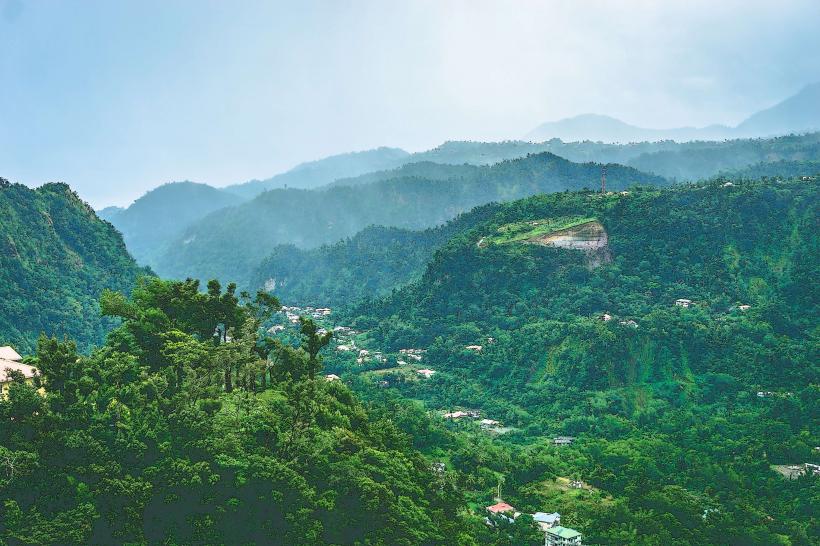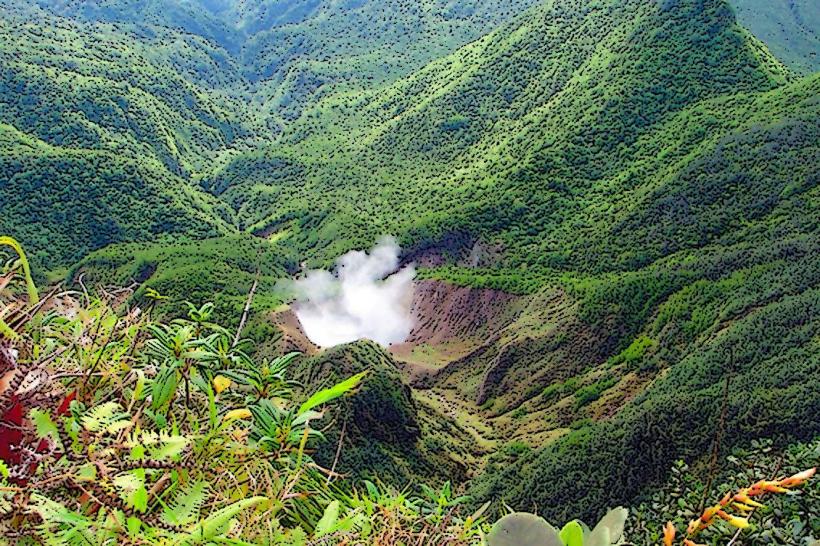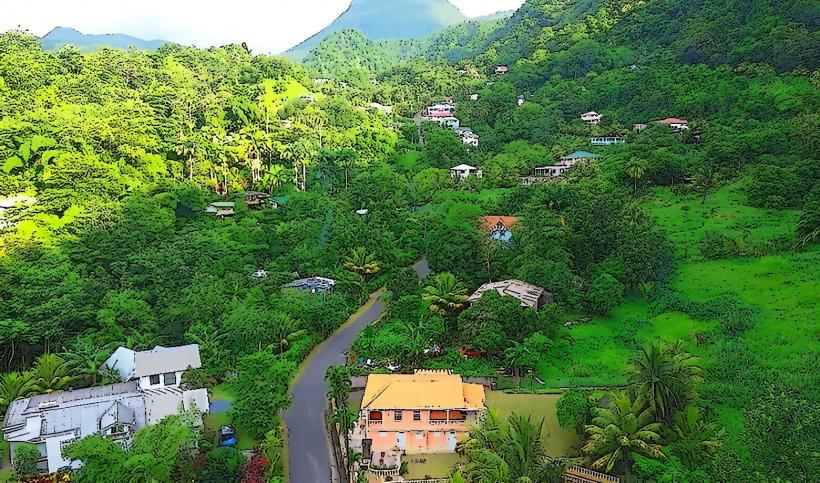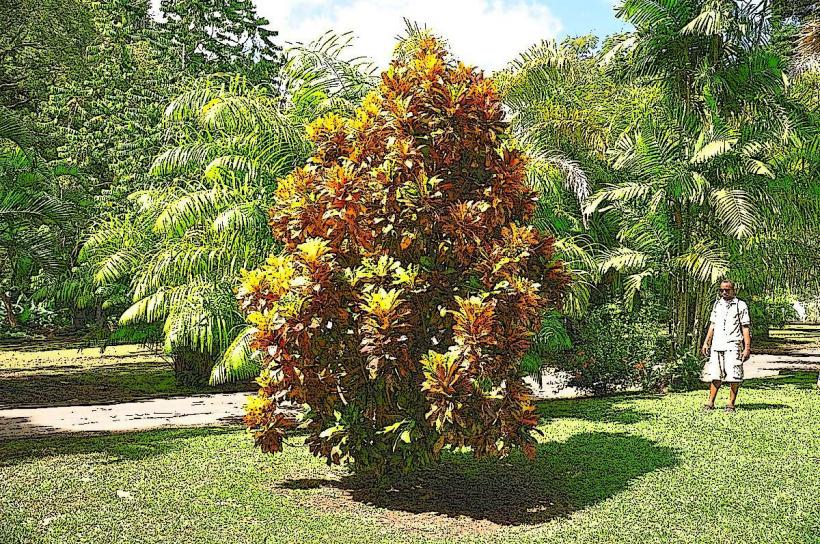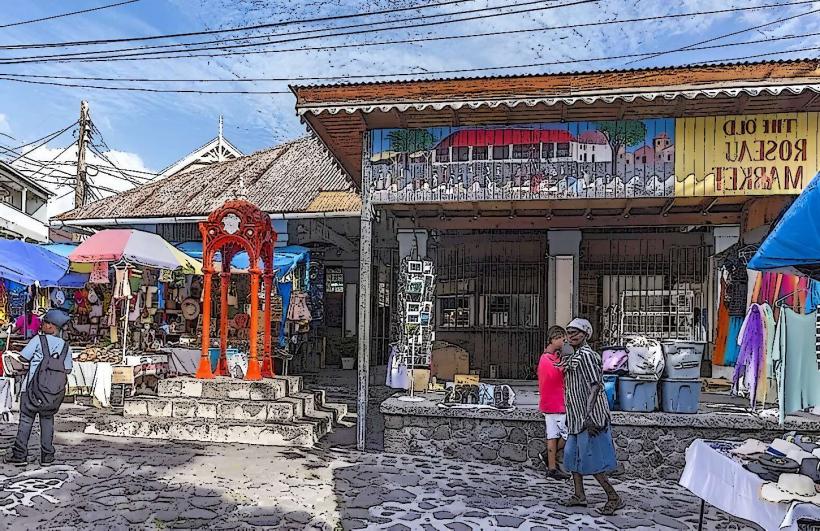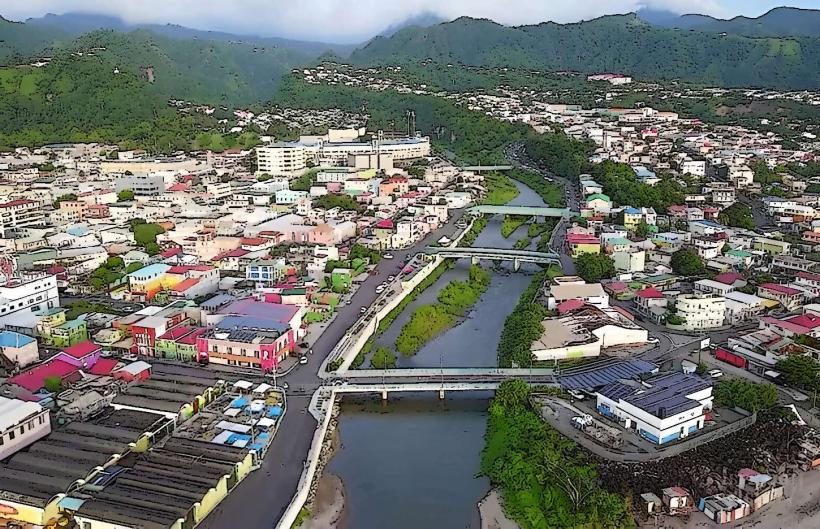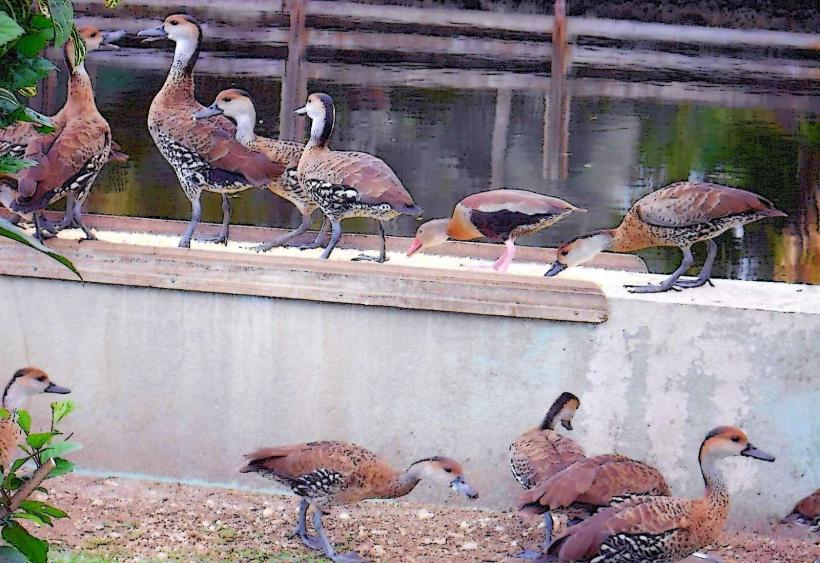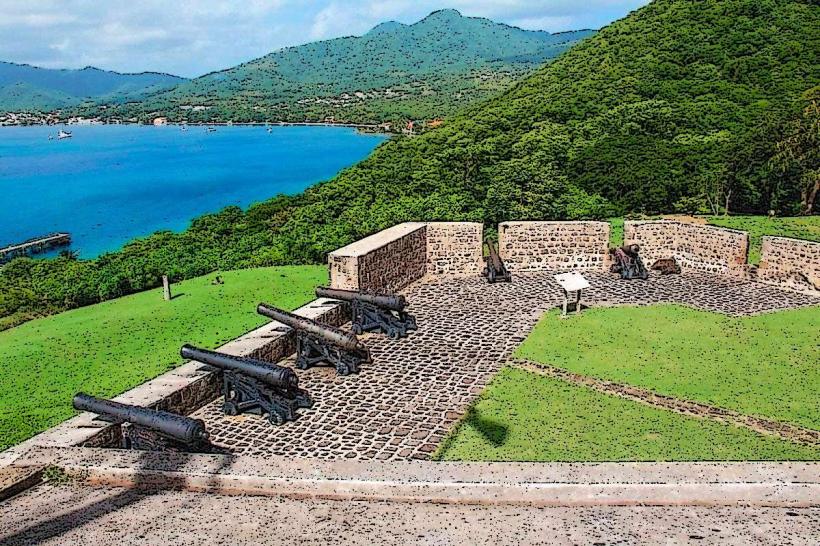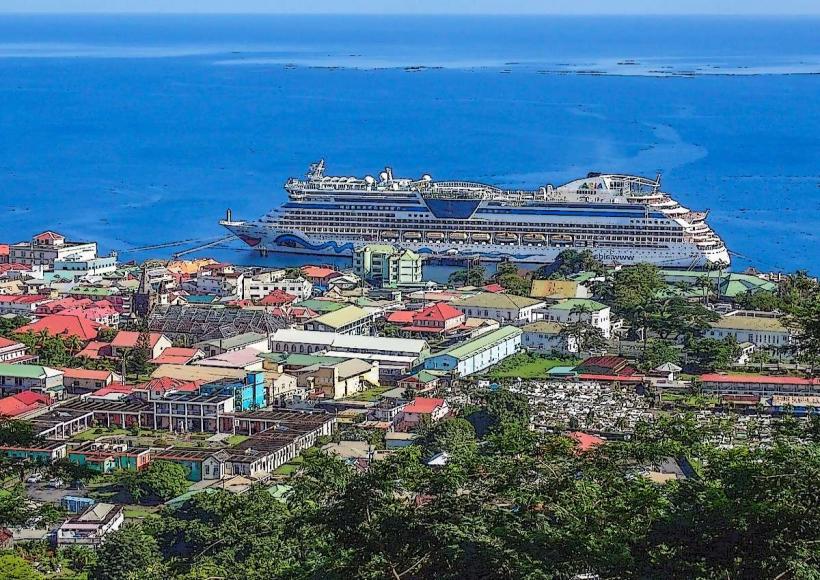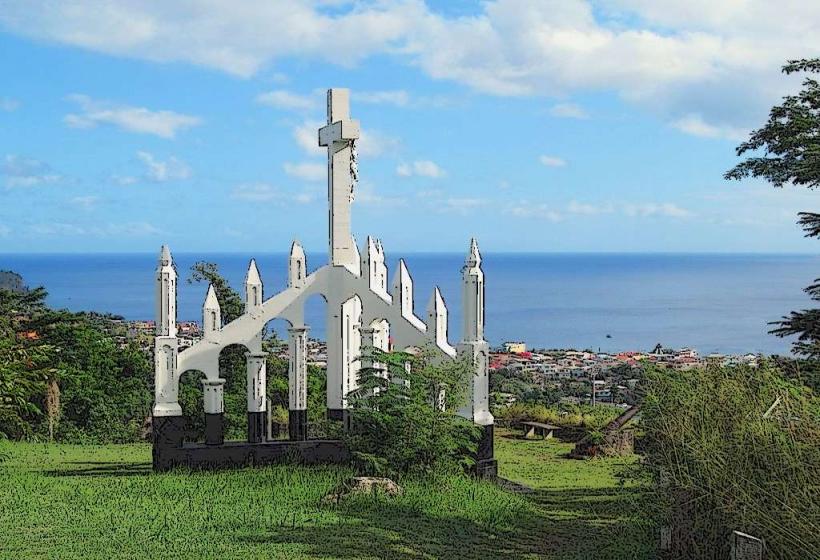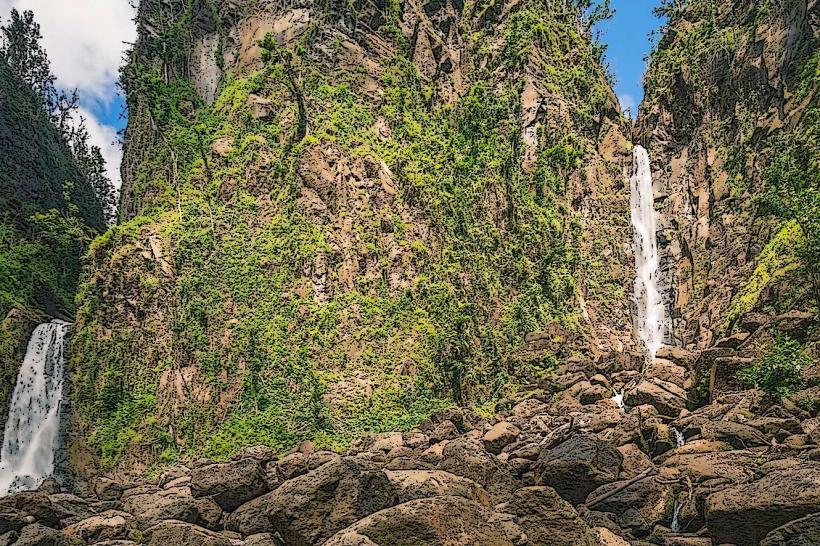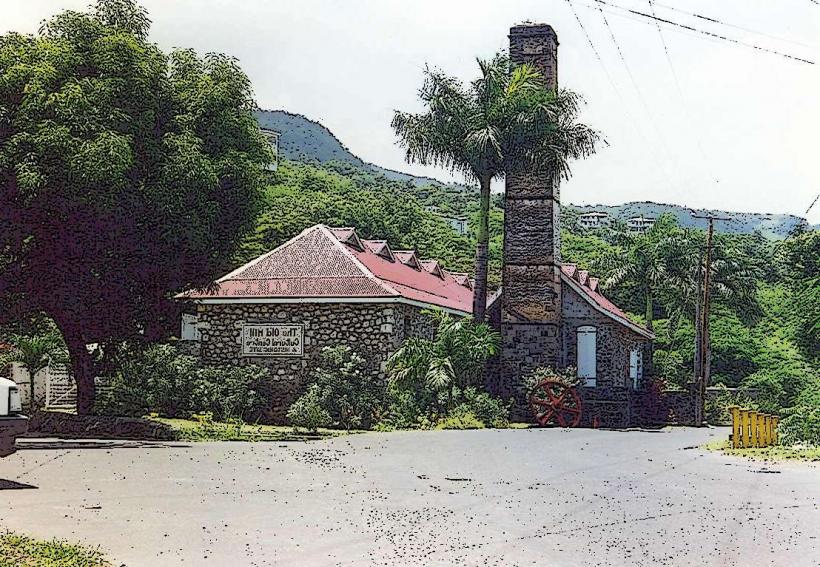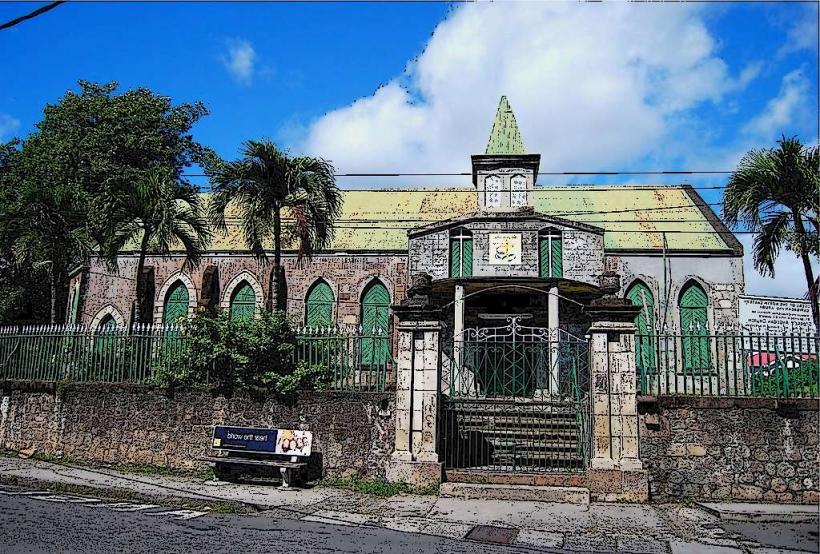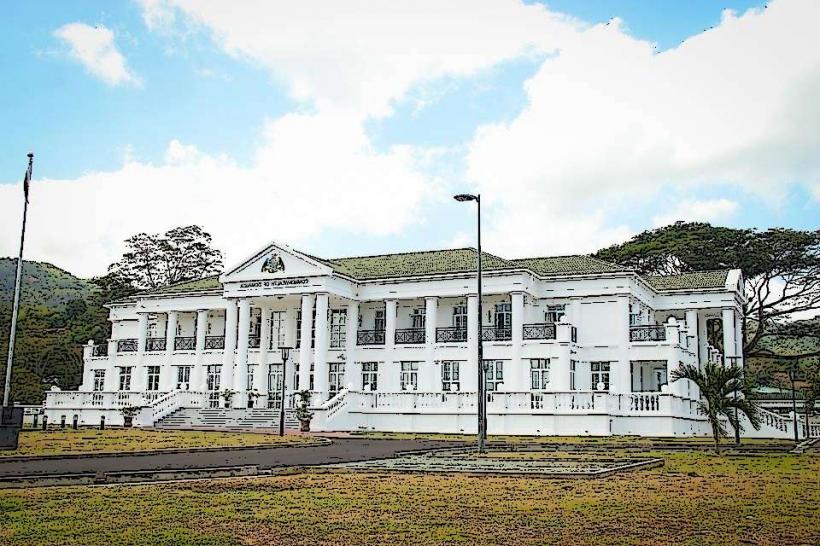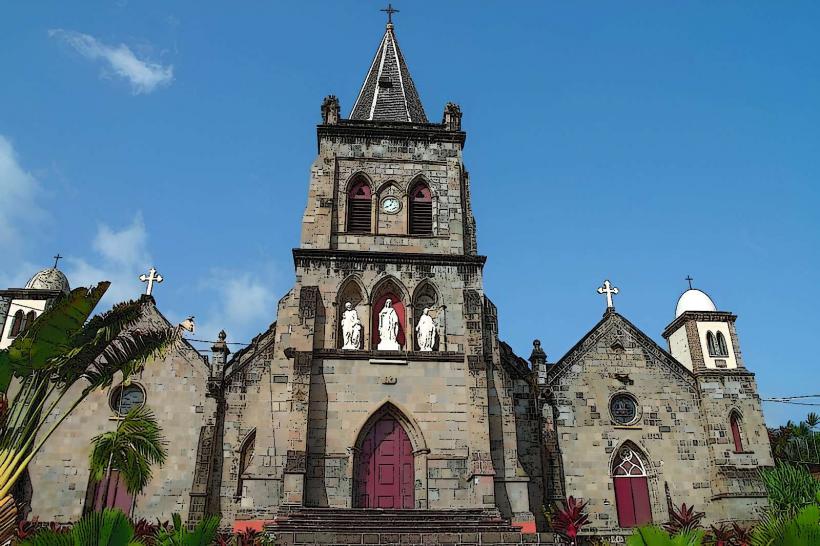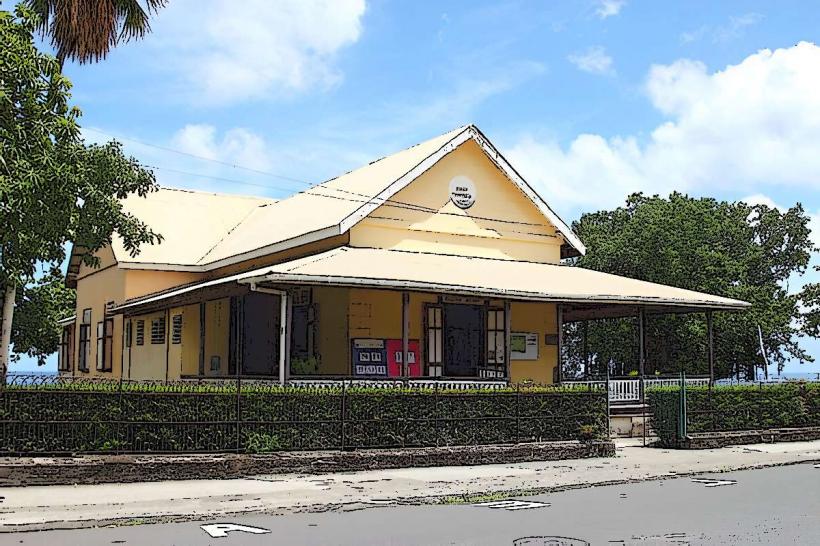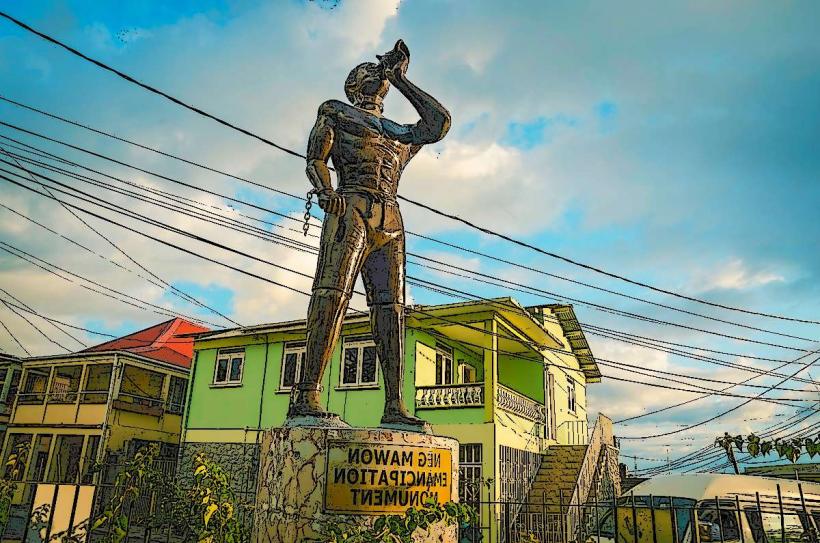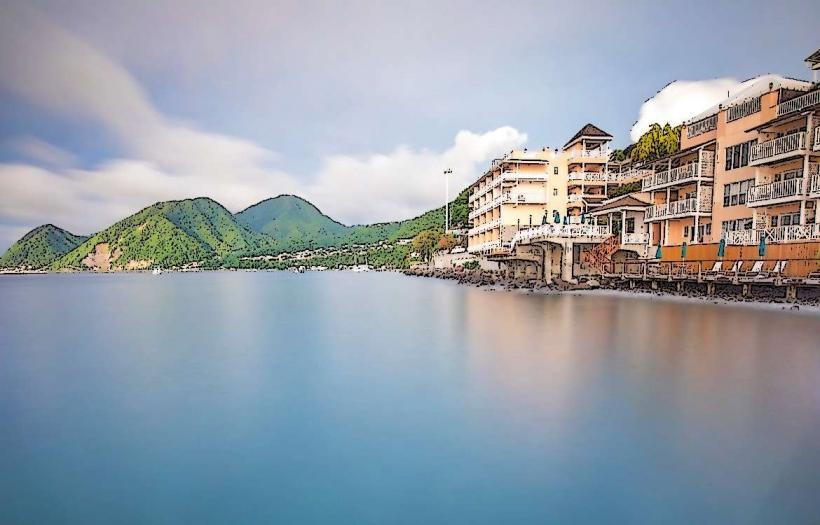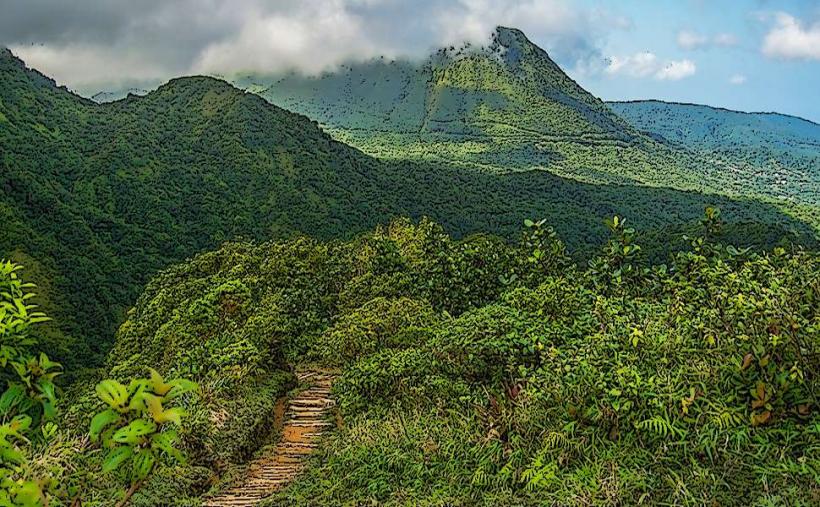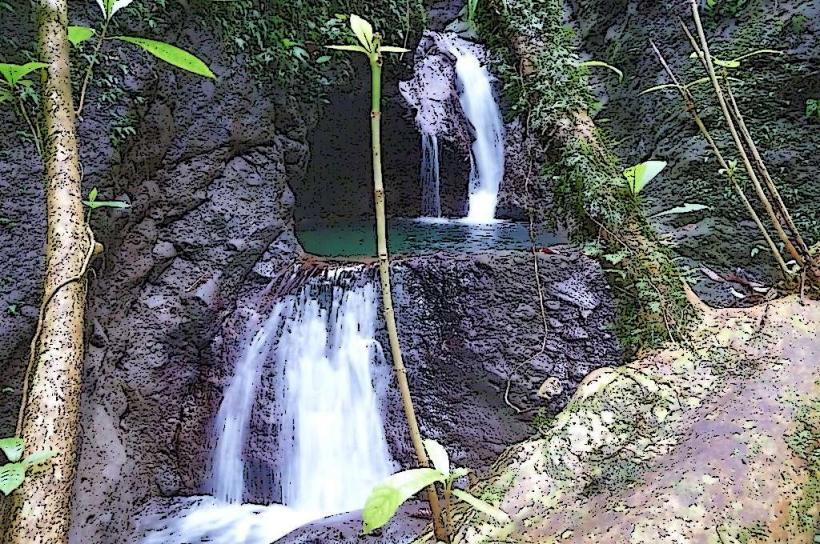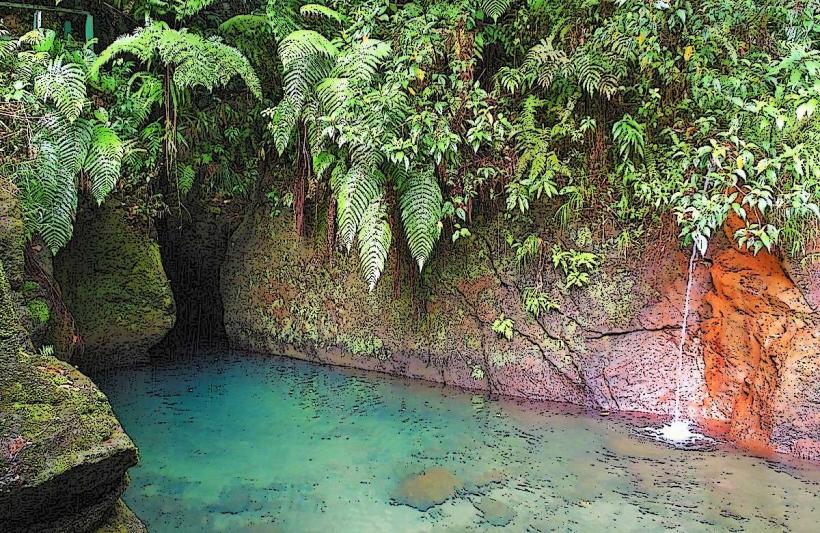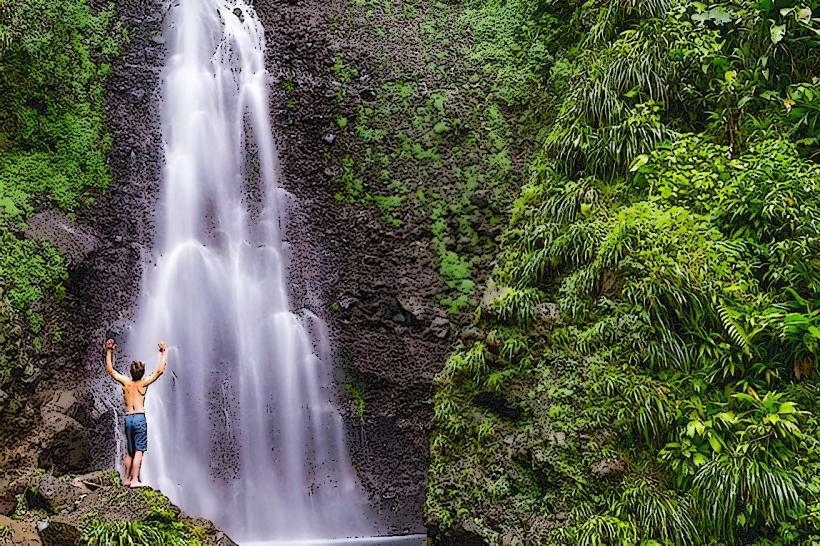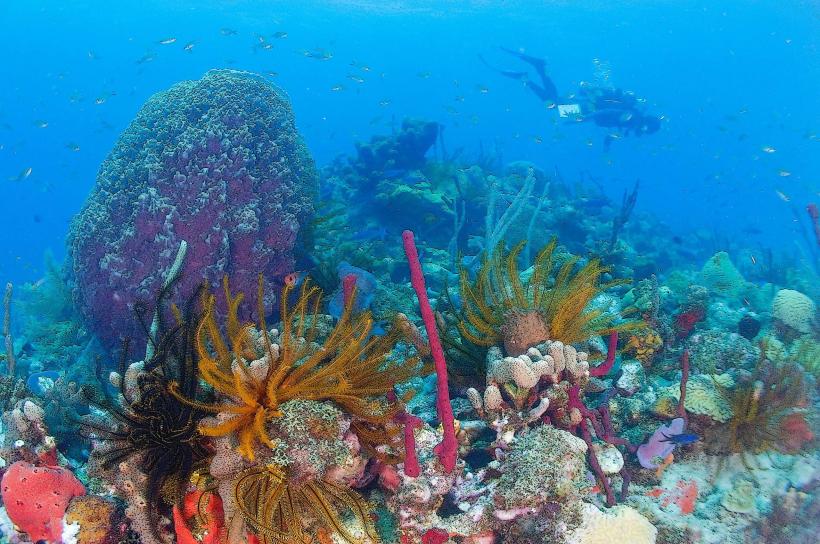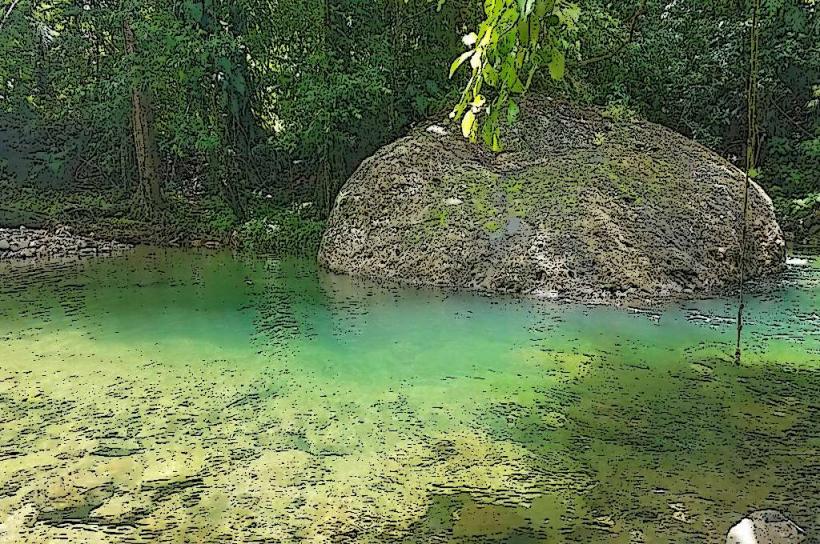Information
Landmark: Dominica MuseumCity: Roseau
Country: Dominica
Continent: North America
Dominica Museum, Roseau, Dominica, North America
Overview
In the heart of Roseau, the Dominica Museum draws visitors into the island’s story, from the carved tools of its first inhabitants to vibrant modern-day displays, in conjunction with the museum sits inside the historic Post Office Building, a brick landmark from 1810 and one of the oldest in Roseau, for the most part Visitors can dive into Dominica’s rich past, vibrant traditions, and wild landscapes-maybe run a hand along the cool stone of an ancient fort as they go, besides at the Dominica Museum, you’ll step into the island’s early days, with vivid displays on the Kalinago people-once called Caribs-who fished these shores and shaped its first stories.It showcases artifacts and tools, along with stories of how they lived before Europeans arrived-like a carved stone bowl worn smooth by years of use, in turn the museum also explores the colonial era, showing how French and British rule shaped the island’s growth-right down to the narrow cobblestone streets they left behind, perhaps Slavery and Emancipation: The museum brings Dominica’s past to life, showing how slavery shaped the island’s people and culture, from the harsh labor in cane fields to the struggles for freedom, moreover the exhibits bring to life the stories of enslaved Africans-their daily struggles, acts of defiance, and the hard-won freedom they gained in the 19th century.In this part of the museum, you’ll find stories tracing how slavery shaped the island’s culture and society, from the music in its streets to the traditions still alive today, and one major focus of the museum is Dominica’s cultural identity, from the rhythm of its Creole music to the shining patterns of traditional dress.The collection showcases exhibits on Caribbean music, lively dance, and the Creole language, a tongue that rings through the island’s markets and streets, and you’ll also find details on the island’s festivals, especially the lively Carnival, where drums, dancing, and vivid costumes honor the blend of African, European, and indigenous traditions.Natural History: Dominica is famous for its rich mix of wildlife, and the museum showcases exhibits of the island’s sparkling orchids and rare parrots, and visitors can discover Dominica’s rare wildlife, from the vivid green-and-purple Sisserou Parrot-the island’s national bird-to other species found nowhere else.You’ll also find exhibits on Dominica’s volcanic beginnings, with vivid details about the island’s rugged geology and the steaming sweltering springs that bubble up from deep underground, in turn the museum brings Dominica’s past to life with tools once used by the indigenous Kalinago, worn wooden chairs and everyday goods from the colonial period, weathered maps and handwritten documents tracing early European exploration, and photographs capturing moments from emancipation through the island’s growth in the 19th and 20th centuries; you’ll also find displays on the island’s deep agricultural roots, from sugarcane and bananas to the rich scent of freshly cut cacao.To be honest, It traces how these industries have grown and changed, showing why they matter to Dominica’s economy and the life of its communities-like the bustle of market day in Roseau, therefore alongside its historical exhibits, the museum showcases contemporary art and craft, giving local artisans a site to share work as vivid as hand-thrown clay bowls still warm from the kiln.You’ll often find artwork, pottery, and handwoven textiles by Dominican artists, each piece bursting with the island’s radiant, lively spirit, in turn through its educational and outreach programs, the Dominica Museum helps locals and visitors alike discover the island’s rich history and lush, rain-scented landscapes.They offer a range of educational programs and guided tours, from hands-on science workshops to lively history walks, especially geared toward school groups and students, what’s more they also run workshops and give lively talks to draw people into history, culture, and conservation-sometimes passing around aged photographs you can hold in your hands, a little All year long, the museum brings in temporary exhibits and stages cultural events-one month it might feature ancient pottery, the next a lively folk dance night, after that they often coincide with large cultural celebrations or national holidays-like the fireworks and parades of Independence Day on November 3rd, or the vibrant swirl of Carnival.At certain times, the museum showcases themed exhibits that bring the island’s traditions and historic milestones to life-like a display of weathered fishing nets once used by local crews, meanwhile in the end, the Dominica Museum offers a rich window into the island’s story, from the traditions of its first people to its colonial past and the lush forests that still scent the air today.If you’re visiting Dominica, it’s a rare chance to dive into the island’s identity and heritage-like hearing the beat of a drum that’s echoed for generations-making it a must-visit for anyone who wants to understand its rich cultural and historical roots.
Author: Tourist Landmarks
Date: 2025-09-11

